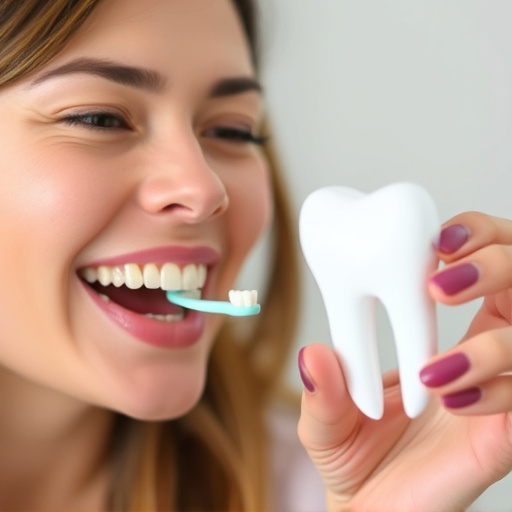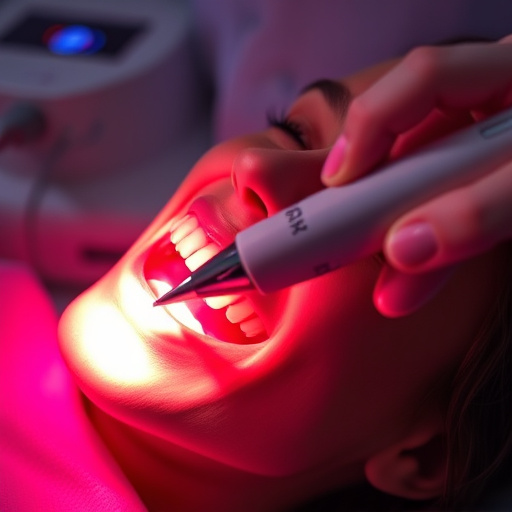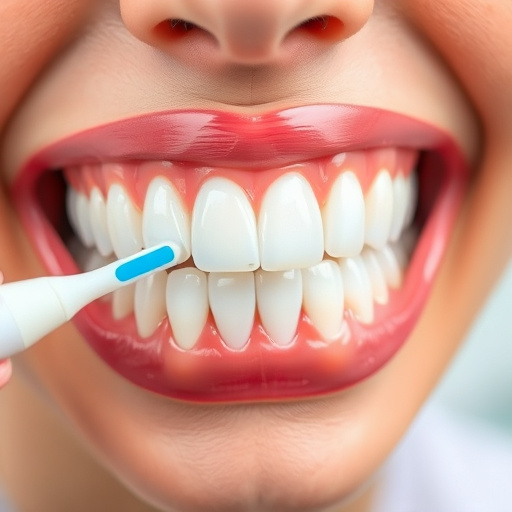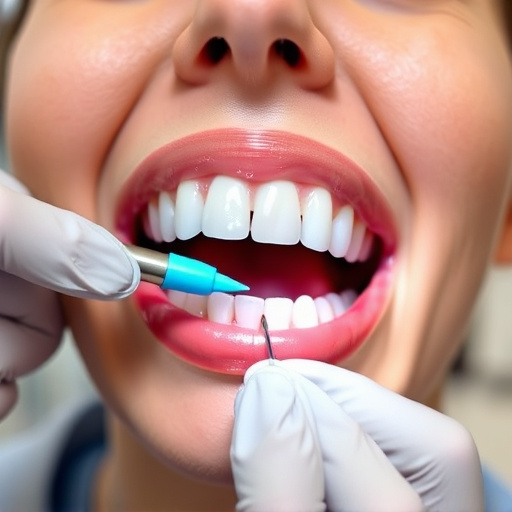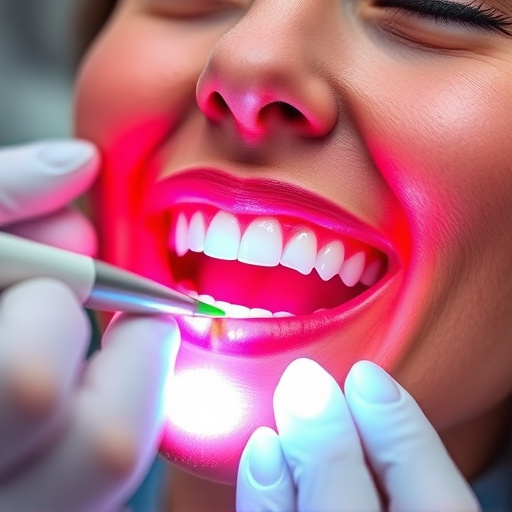Gum disease, fueled by bacterial plaque, can lead to severe oral and systemic issues if left untreated. Deep cleaning treatment, a comprehensive procedure that goes beyond routine cleanings, removes plaque and tartar buildup below the gumline, halting disease progression. It's crucial for patients with gingivitis or periodontitis, reducing inflammation, encouraging healthy gum regrowth, and preventing tooth loss. Regular deep cleaning, combined with clear aligners or dental bonding, promotes holistic oral health management, enhances dental crown success rates, reduces emergency care needs, and fosters a healthier, long-lasting smile.
Deep cleaning treatment is a powerful tool in the fight against gum disease, one of the most common yet often overlooked health issues. This comprehensive guide explores how deep cleaning can prevent the progression of gum disease, delving into its impact and offering insights into the role of this treatment alongside preventative measures for long-term oral health. By understanding these aspects, you’ll gain valuable knowledge on maintaining a healthy smile.
- Understanding Gum Disease and Its Impact
- The Role of Deep Cleaning Treatment
- Preventative Measures and Long-Term Health
Understanding Gum Disease and Its Impact
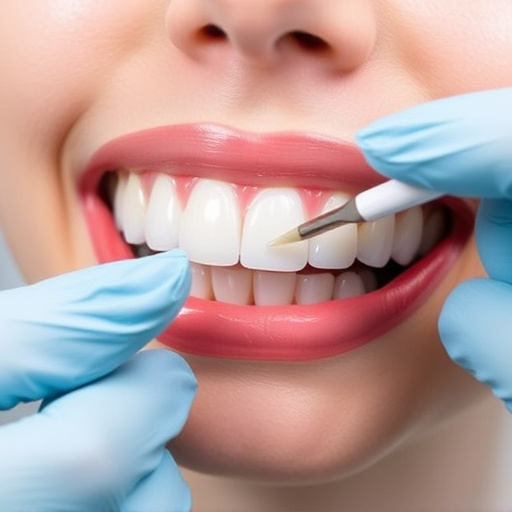
Gum disease is a common yet serious oral health issue that can have significant effects on overall well-being. It begins with inflammation and infection in the gum tissue, often caused by bacterial buildup due to poor oral hygiene. If left untreated, it progresses from gingivitis to periodontitis, leading to potential tooth loss and other systemic complications. The impact extends beyond the mouth; research links gum disease to various health issues, including cardiovascular diseases, diabetes, and respiratory problems. This is because the bacteria involved can travel throughout the body, causing inflammation and damage to vital organs.
A deep cleaning treatment is a crucial step in preventing and managing gum disease. Unlike routine dental cleanings, this procedure goes beyond surface cleaning. It involves thoroughly removing plaque and tartar buildup from pockets and areas below the gumline, where traditional brushes and floss cannot reach. The process often includes scaling (removing mineralized plaque) and root planing (smoothing tooth roots to promote healing). By addressing these deep-seated issues, a deep cleaning treatment can halt disease progression, reduce inflammation, and create a healthier environment for teeth and gums, even encouraging the regrowth of healthy gum tissue with regular follow-up care. Additionally, considering options like clear aligners or dental bonding in general dentistry practices can further support oral health management alongside preventive deep cleaning treatments.
The Role of Deep Cleaning Treatment
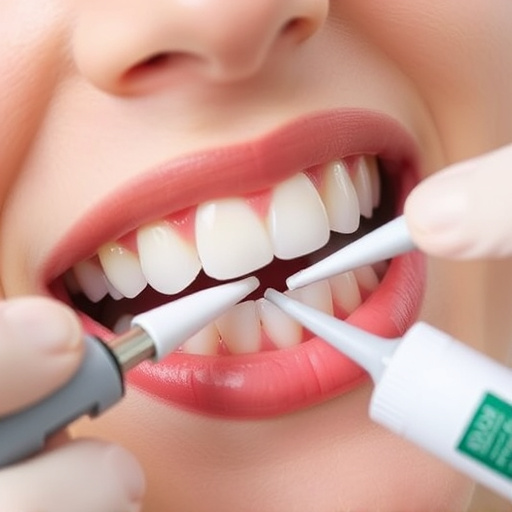
Deep cleaning treatment plays a pivotal role in preventing gum disease progression. It involves a comprehensive process that goes beyond routine oral exams and regular brushing. By targeting deep pockets between teeth and beneath the gum line, dental professionals can effectively remove plaque and tartar buildup that conventional cleaning methods miss. This meticulous approach is crucial for patients with gingivitis or periodontitis, as it helps to reduce inflammation, prevent tissue damage, and even save teeth that might be at risk of loss due to advanced gum disease.
In addition to its preventive benefits, deep cleaning treatment can also be a game-changer for those considering dental crowns due to damaged or decayed teeth. By addressing the root cause of gum disease, it enhances the success rate of crown placements and ensures long-lasting results. Moreover, regular deep cleaning sessions contribute to maintaining overall oral health, reducing the need for frequent emergency dental care. This proactive approach not only saves time and money but also promotes a healthier smile that can last a lifetime.
Preventative Measures and Long-Term Health
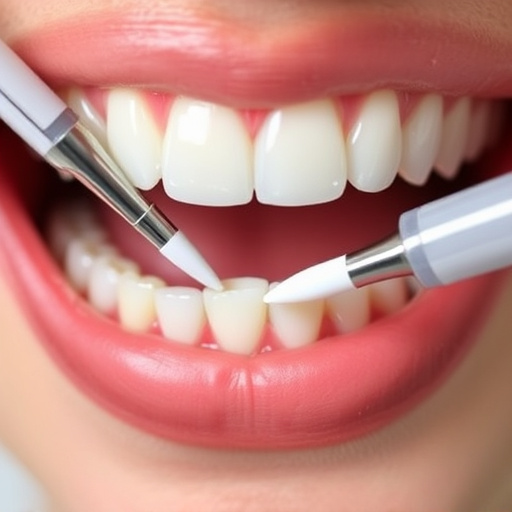
Regular deep cleaning treatments are a powerful tool in the fight against gum disease and its potential for severe oral health complications. By eliminating plaque buildup and tartar below the gumline, where traditional brushing and flossing may not reach, these treatments offer a preventative measure that goes beyond daily hygiene routines. This proactive approach is crucial in maintaining long-term oral health.
Beyond deep cleaning, there are other dental procedures like clear aligners or, in more severe cases, tooth extractions or dental crowns that can be part of a comprehensive strategy to prevent gum disease progression. Keeping up with routine check-ups and following your dentist’s recommendations for at-home care ensures that any potential issues are caught early, promoting optimal oral health for years to come.
Deep cleaning treatment plays a pivotal role in preventing gum disease progression, as highlighted throughout this article. By addressing bacterial plaque buildup below the gumline, this comprehensive approach not only soothes symptoms but also fosters long-term oral health. Embracing regular deep cleaning treatments alongside preventative measures like consistent brushing and flossing can significantly reduce the risk of periodontitis and its associated complications, ensuring a healthier smile for years to come.








